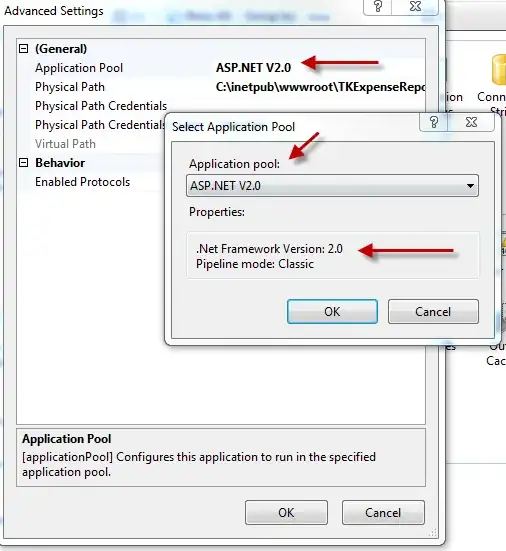We are studying implementing some virtualized servers here, but we don't know what will be better suitable for us. Some folks are saying better have two huge servers, and others are saying have like a ten middle-end servers.
We have a legacy Visual Foxpro application, which nowadays run on Dual Xeon E5405 @ 2GHz and 16Gb of RAM. The currently server its getting too slow due the number of active users and process running on it. Virtualizing this server will give us the benefit of an faster disaster recovery.
So the question is, having like ten physical servers running at 1.7GHz and 4Gb of RAM, we could virtualize one server into 4 machines, and have one virtualized server running at 6.8GHz and 16Gb of memory? If yes, there is some how if one machine stops, automatically manage this virtual machine to another one, and execute the appropriate maintenance on it, and later back to it again?
